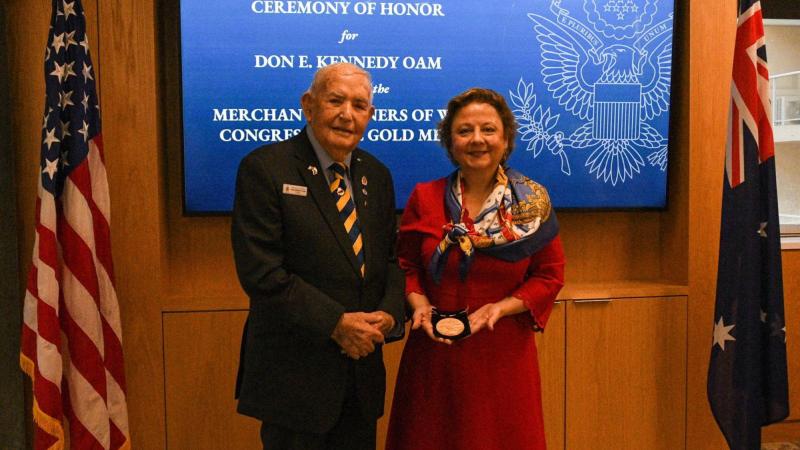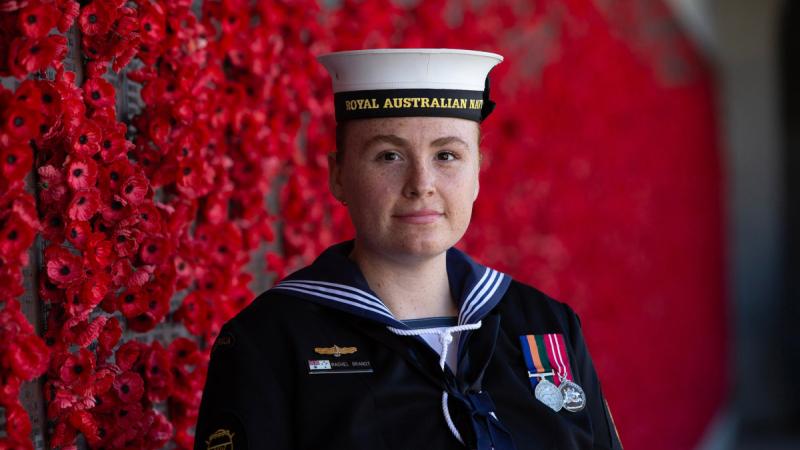During late spring and early summer, as Cornell administrators pondered whether and how the university should reopen for a residential fall semester, the logistics were daunting and disheartening.
“It was pretty clear that the conditions were likely to be very similar in the fall – that is, the virus would still be present, we would have a population that was susceptible to infection by the virus, and absent putting in place clear mitigation risks, we would be in trouble,” said Provost Michael Kotlikoff, speaking as part of the Nov. 9 eCornell panel, “Cornell’s COVID Response: Data Science in Action.” “It was unlikely that we would have what I would [call] a perfect option.”
With less than three weeks remaining before students return home to complete the semester online, Cornell has exceeded its own projections in keeping campus and the surrounding community as safe as possible.
Cornell has seen fewer than 200 on-campus coronavirus infections to date – one-sixth of the 1,200 projected in the university’s initial model. The low rates were achieved through the tireless work of students, university leaders and experts across fields, in cooperation with the Tompkins County Health Department and Cayuga Health System, who devised, deployed and continuously reassessed strategies to effectively fight a formidable and unpredictable virus.
“The semester is going much better than we modeled, and much better than I hoped for,” said Peter Frazier, associate professor in the School of Operations Research and Information Engineering in the College of Engineering, whose team developed the models Cornell used in building its testing strategy.
Among the reasons, he said, is that some things they feared did not actually happen, such as infections spreading in classrooms and residence halls. Students have been highly compliant, and frequent testing has been effective. The rate of transmission from the community beyond Cornell was lower than they’d anticipated, though the number of infections among staff, particularly those who live outside Tompkins County, is rising.
“Another reason the overall outcomes have been much better than we expected is that the interventions we put into place got better and better over time,” Frazier said.
For example, the team developed targeted testing for groups at higher risk, in addition to adaptive testing, which tests a wider circle of acquaintances than the Centers for Disease Control and Prevention’s definition of close contacts. And at Cornell Health – using de-identified data culled from patient interactions, as well as information from contact tracing and privacy-protecting public health apps – staff adjusted efforts as they monitored and tracked trends on campus.
“The clinical information Cornell Health clinicians gather in the service of patient care is captured, de-identified and distilled by these new public health modules that allow us to inform understanding of the impact and the risks on the community and support the pandemic response in a unique way,” said Sharon McMullen, assistant vice president of student and campus life for health and well-being.
In partnership with other units – such as Environmental Health and Safety, Human Resources, and University Relations – Cornell Health contributes to the campus public health campaign to boost cooperation with measures such as mask-wearing and physical distancing, McMullen said.
“It couldn’t simply be enforcement-oriented; we had to help people understand and buy into the need for these mitigation efforts,” she said. “Cornell-specific data informs every part of the messaging, which is what makes it so successful.”
Frequent, rapid testing – twice weekly for undergraduates – is the cornerstone of Cornell’s plan, and would not have been possible without the rapidly built Cornell COVID-19 Testing Lab (CCTL), hosted by the College of Veterinary Medicine (CVM). CCTL can process up to 7,000 samples per day using pooled testing, in which five samples are pooled and analyzed together, said Dr. Diego Diel, CCTL director and associate professor in CVM’s Department of Population Medicine and Diagnostic Sciences.
“When we started discussing this, we all realized the only way we would pull this off was if we could do pool testing instead of individual sample testing,” Diel said.
He and others also decided to test students using anterior nasal swabs, which collect samples from the front of the nostril, rather than nasopharyngeal swabs, which collect from deep inside the nose. The slight loss in sensitivity, they believed, would be outweighed by the frequent testing and greater compliance with the less-invasive method – a supposition borne out by students’ high testing compliance, said Dr. Gary Koretzky, vice provost for academic integration and professor in the Department of Medicine at Weill Cornell Medicine.
Students complete around 98% of the scheduled tests each day, the data show.
“That says to me: They care. They’re part of the solution. They’re proud of what it is we’ve been able to accomplish and they want to see that go forward,” Koretzky said.
This summer, when Frazier was calculating projections based on various frequencies of testing, Koretzky said, each time “my heart would sink further and further, because this was an enormous undertaking.”
But the effort has paid off, he said.
“We recognized at the very start that we were entering uncharted waters,” Koretzky said. “The things that really have distinguished Cornell’s response have been this recognition that asymptomatic individuals can transmit the disease, and you have to test robustly. But it’s also that you have to constantly learn. And so what we do is that we examine every single infection on campus, we look at it, and we try to determine what we might learn from it.”








